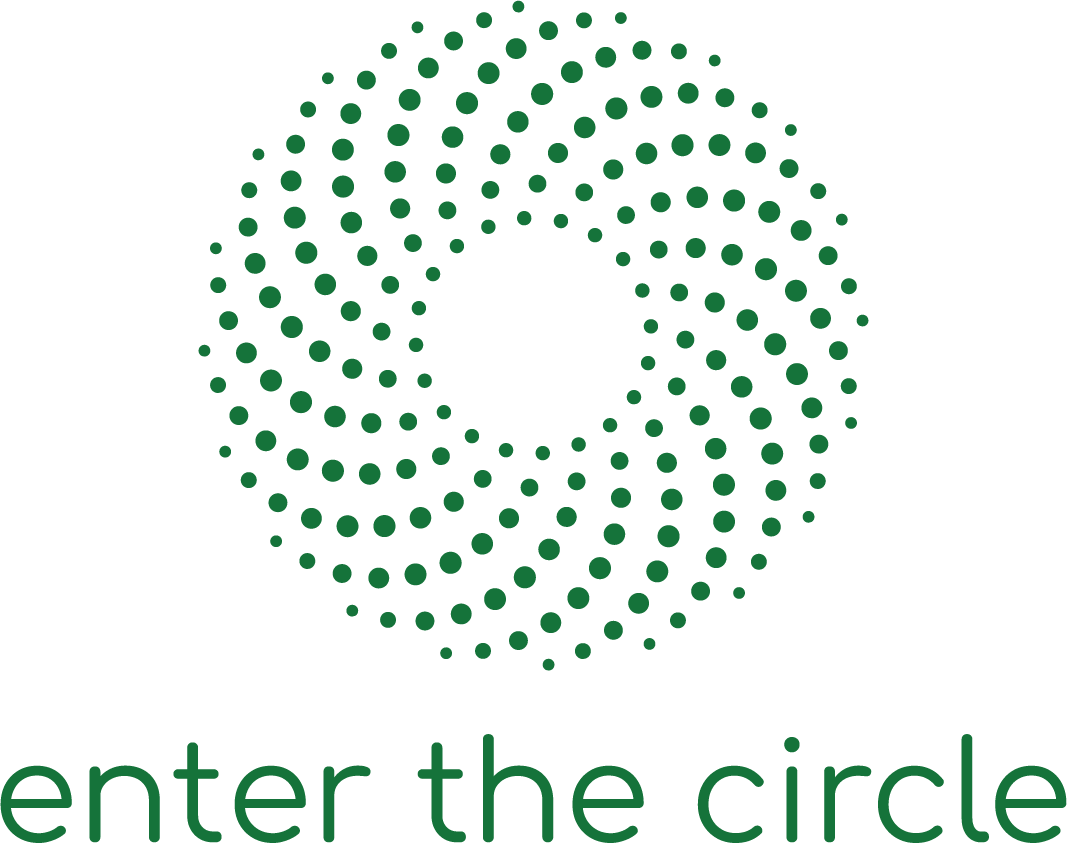There are several reasons why the circular economy is seen as beneficial. One argument is that it allows for economic growth without adding to environmental strain or the depletion of natural resources. Instead, it decouples resource usage from economic growth, reduces the need for critical materials, lowers carbon dioxide emissions, and introduces new methods of production and consumption that create additional value. McKinsey(2022) estimates that green business transformation and operations focused on circularity can help European companies access circular value pools of more than €500 billion of annual revenues by 2030. The primary driver is a shift in consumer demand, with younger generations expressing their values in their purchasing choices.
Businesses may support the circular economy because it can ensure a stable supply of raw materials, reduce the fluctuation in the price of inputs and control costs, decrease waste, extend the lifespan of products, and potentially open up new customer segments. Every year, €2.4 trillion worth of material in consumer goods is discarded and never reclaimed, leading European consumers to desire recycled, refurbished, and reused products.
In 2020 the European Union launched the Circular Economy Action Plan (CEAP) that envisions the way to a climate-neutral, competitive economy of empowered consumers and thriving businesses. The CEAP provides an agenda for achieving a cleaner and more competitive Europe in co-creation with economic actors, consumers, citizens and civil society organizations (CEAP,2020).
A key aspect of the circular economy action plan (CEAP) is a focus on eco-design, which involves making products that are durable, reusable, upgradeable, and easy to repair, as well as using recycled materials, remanufacturing, and high-quality recycling. This approach may encourage new and young entrepreneurs to adopt new business models, such as chemical recycling, digital product passports, and scalable disassembly technologies. There is also increasing interest in solutions that support the reselling, refurbishment, and recycling of products, with a particular emphasis on scalable material collection and take-back programs, reverse logistics, and automated sorting and processing for recycling.
Foto de Christian Lue en Unsplash

